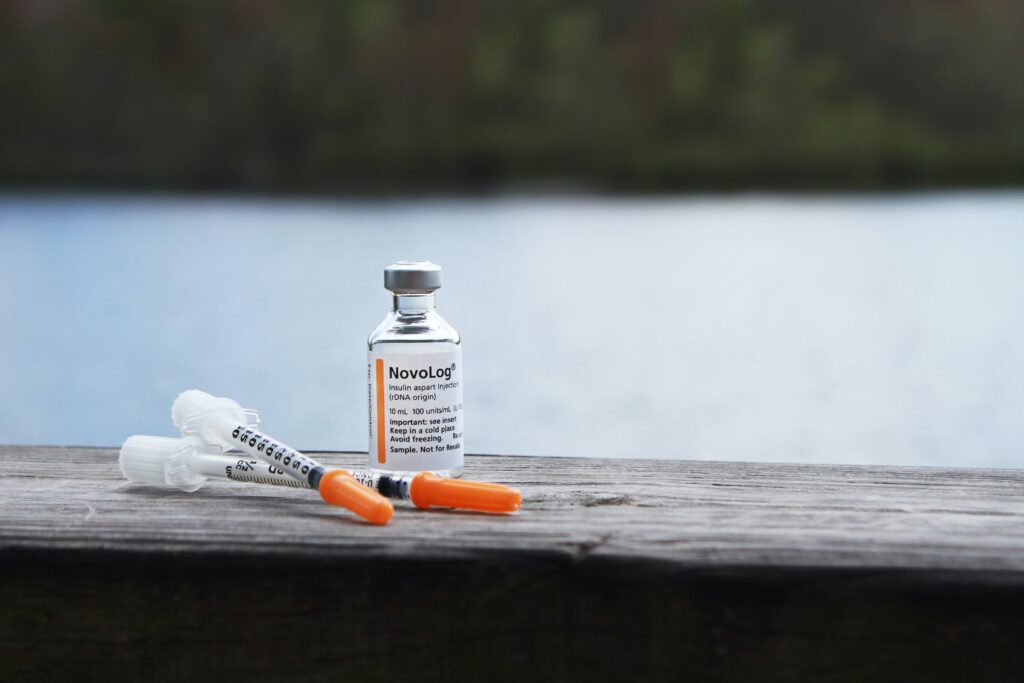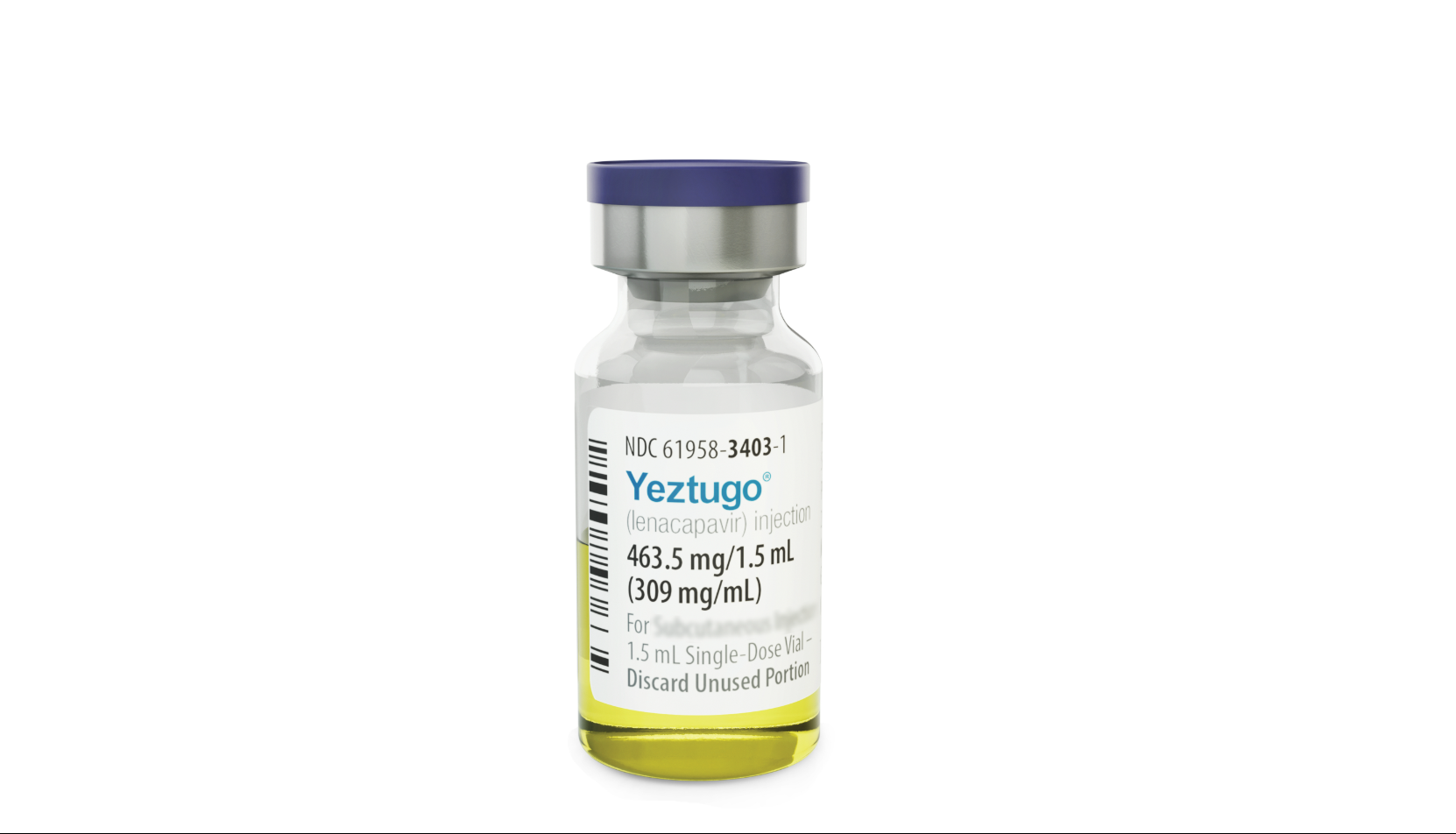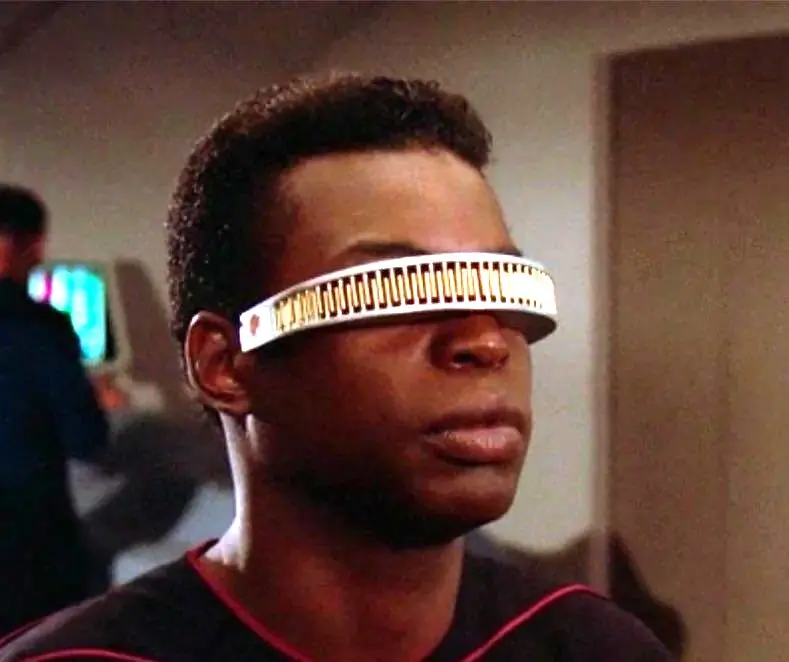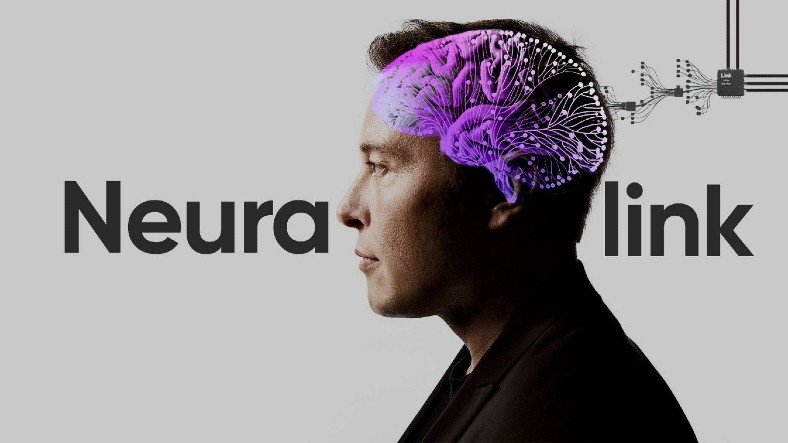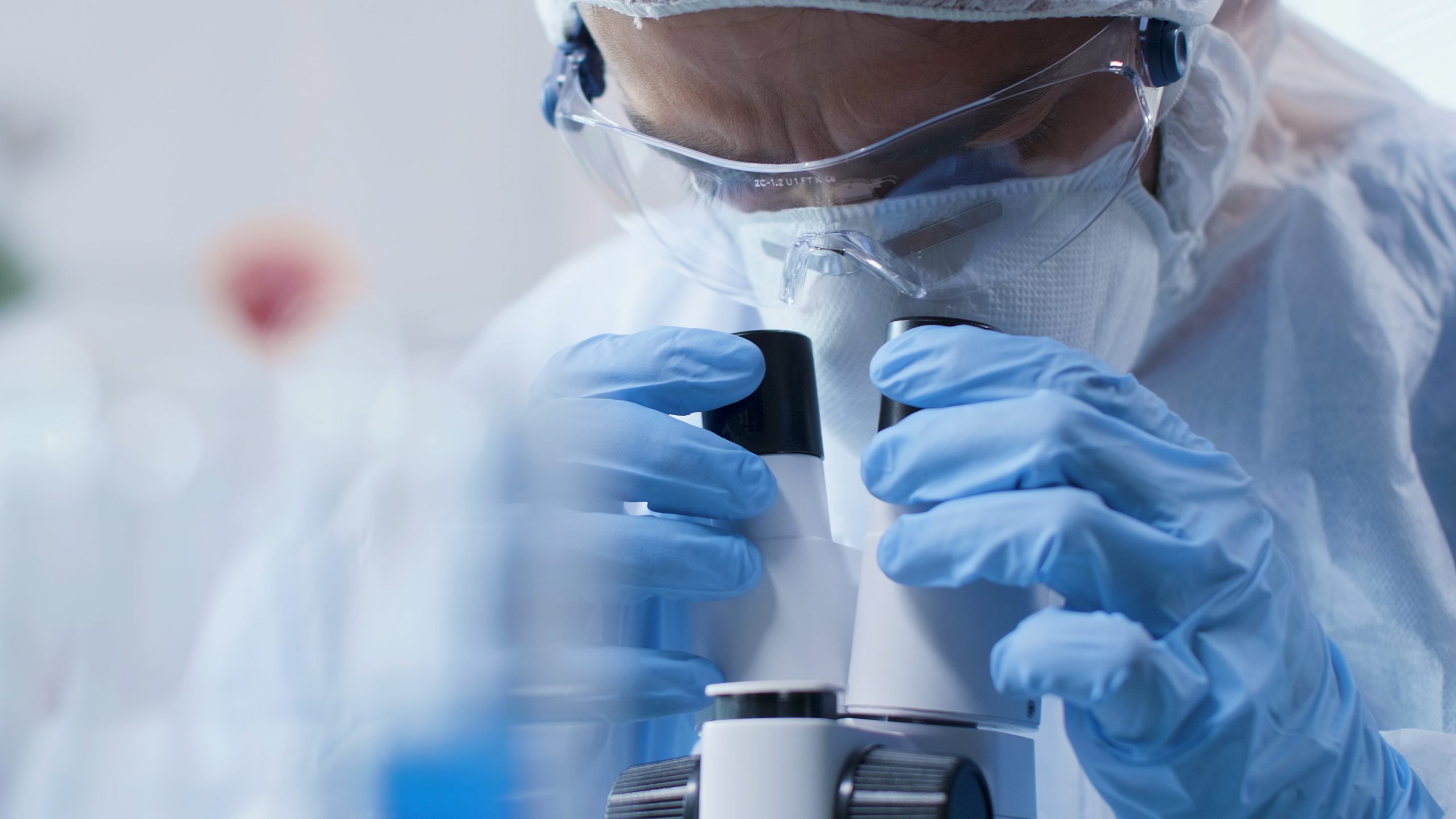Insulin is a hormone which plays a key role in the regulation of blood glucose (sugar) levels. This hormone plays other essential roles in the body’s metabolism. It regulates your body’s metabolism of carbohydrates, fats, and proteins. Sound important? That’s because it is. A lack of insulin, or an inability to adequately respond to insulin, can each lead to the development of the symptoms of diabetes. Administration of synthetic insulin in individuals with diabetes is essential in certain instances of the condition.
The discovery and advancement of insulin as a treatment for diabetes can be traced back to the 19th century. Research into the development of insulin has driven scientists to take very important steps towards understanding human biology, with several scientists receiving Noble Prize Awards for research into the hormone.
All of it started with Dr Frederick Banting and medical student Charles Best performing experiments on the pancreases of dogs in Toronto, Canada. In 1920, Professor John Macleod who was then a lecturer in physiology at the University of Toronto was approached by Dr Banting with his idea of curing diabetes with a pancreatic extract. Professor Macleod was not enthusiastic initially, because he knew about unsuccessful experiments in this direction by other researchers. He thought it more likely that the nervous system had a crucial role in regulating blood glucose concentration.
Dr Banting managed to convince Professor Macleod to lend him and Best laboratory space during a vacation that summer to carry out the experiments. The experiments entailed the removal of the pancreases of dogs under study. When the pancreases were removed, the dogs showed symptoms of diabetes. The pancreas was then sliced and ground up into an injectable extract. This was injected a few times a day which helped the dogs to regain health. This extract was later named ‘Insulin’.

Bertram Collip, a biochemist, later joined the team to provide help with purifying the insulin to be used for testing on humans. After the group had experimented enough to gain an understanding of the required doses and how best to treat hypoglycemia, their insulin was deemed ready to be tried on patients.
In January 1922, a 14-year-old Canadian boy named Leonard Thompson laid in Toronto General Hospital dying from diabetes. He was at risk of slipping into a diabetic coma. To avoid this, Leonard’s father allowed him to be injected with the new pancreatic extract, now known as insulin. Before the discovery of insulin, people with diabetes were subjected to a starvation diet, with little hope for survival. Leonard lived another 13 years before succumbing to pneumonia.
Although pancreatic extracts remained the main source of insulin for a long time, in 1936 Hans Christian Hagedorn discovered that the action of insulin could be prolonged with the addition of protamine, a basic protein widely available from fish sperm. Following this discovery, protamine insulin, with an approximate duration of 12h, was increasingly used in people with diabetes to good effect.
Later, Scott and Fisher discovered that zinc could be added to protamine insulin. This paved way for the development of Neutral Protamine Hagedorn (NPH). The sequencing of insulin by Frederick Sanger then led to the synthesis of the first genetically engineered or “human” insulin using DNA recombinant technology. This was derived from E. Coli bacteria, and Eli Lilly pharmaceutical company began selling it under the brand “Humulin” through the 1980s.
The need to make insulin mimic the naturally produced insulin and enhanced knowledge of amino acid sequencing paved way for the introduction of synthetic ( or analog) insulin. These are now used extensively in people with Diabetes.
Insulin is currently available in many forms, from regular human insulin to ultra-rapid and ultra-long acting insulins. People with diabetes can pick from a range of formulations and ways to take their insulin based on their unique needs and lifestyles. Insulin has come a long way from Humalog to Novolog, and from insulin pens to insulin pumps. Although it isn’t a cure for diabetes, it is a lifesaver.
So, where does insulin go from here? Scientists aren’t sure (but they’re working hard to figure it out), but one thing is certain: insulin is a medical marvel in the world of diabetes.

